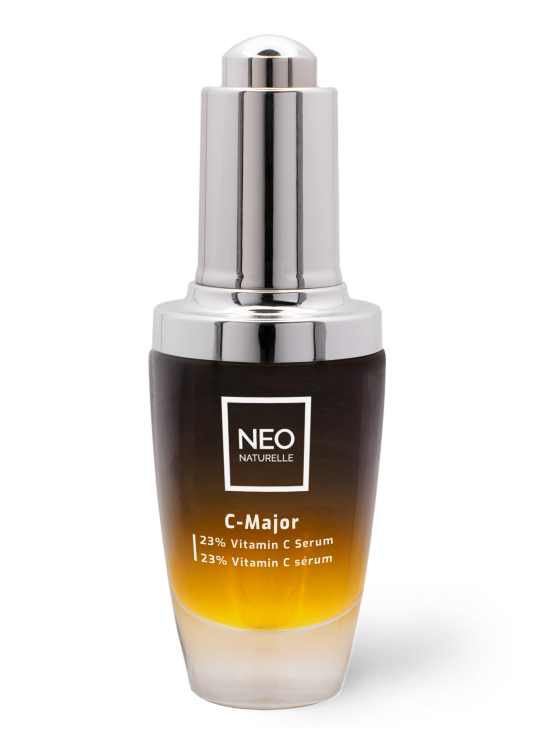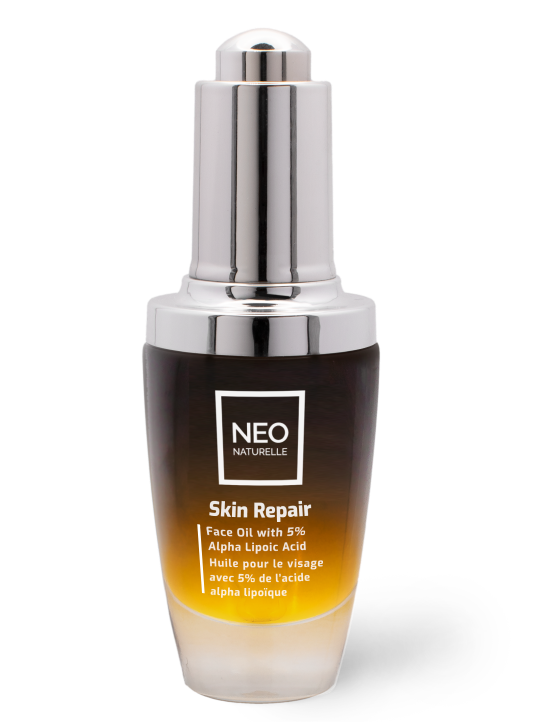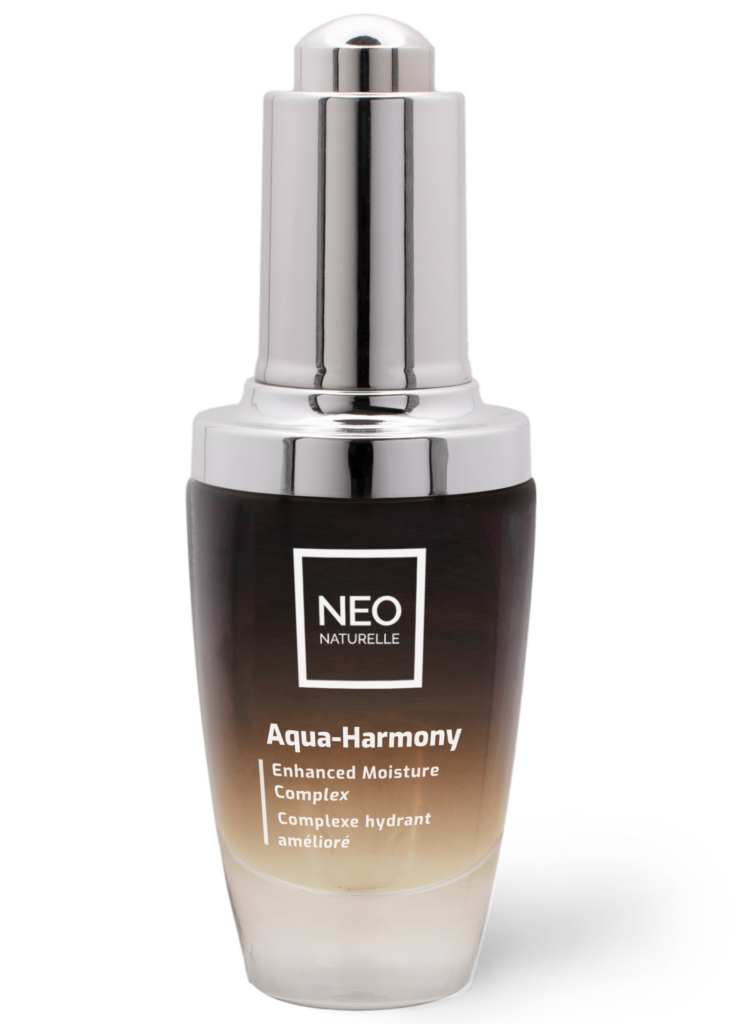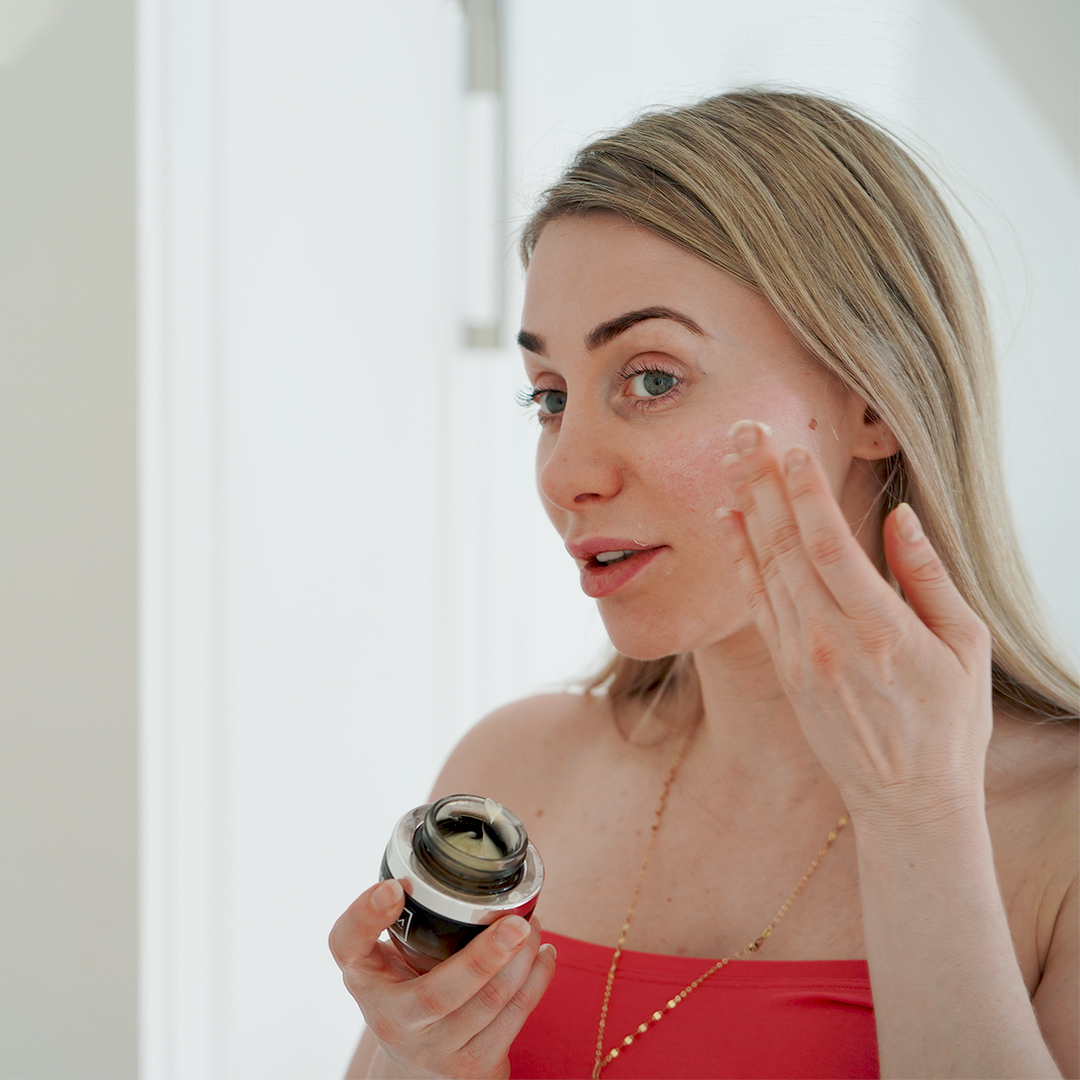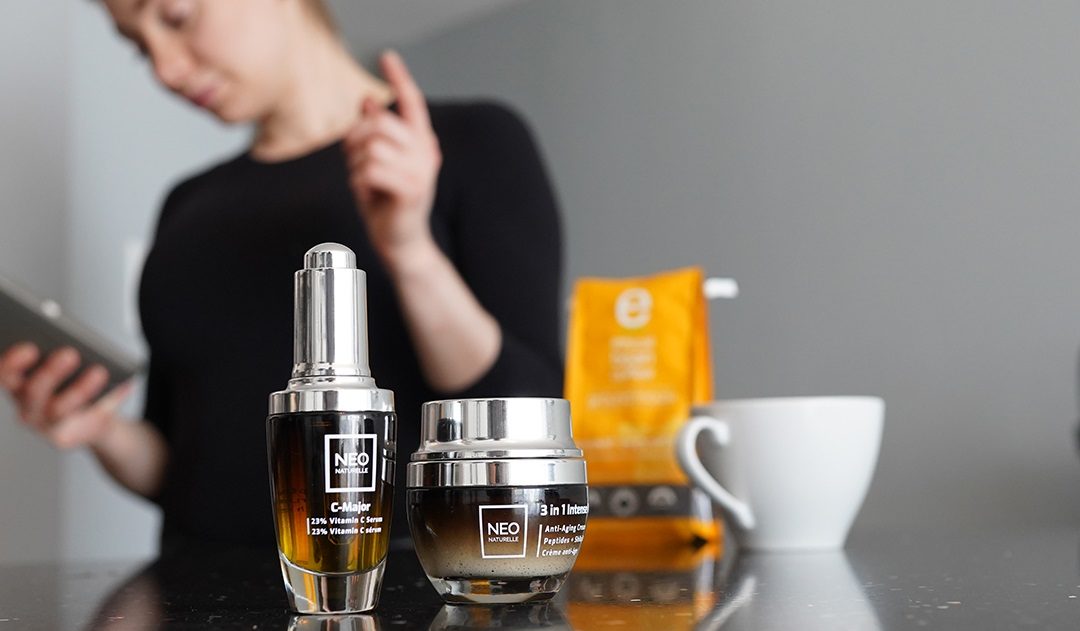Why are so many people switching to Natural Cosmetics?
One of the reasons is a subject of skin absorption and penetration of chemicals into your skin. This subject is full of inaccuracies and marketing tricks. You can do your own research, or read mine.
First of all, let me clarify the Difference Between Skin Absorption and Penetration.
While they sound very similar and are often used interchangeably in the cosmetics world, there is a big distinction.
Penetration -When a chemical penetrates the outer layer of the skin and goes into the skin’s deeper layers.
Absorption– is when a chemical enters the bloodstream.
You can see the enormous difference.
Ideally, if we want to affect the skin, but not the blood, skincare must be formulated with maximum penetration rate and minimum absorption rate.
In that case, ingredients will do their best work to hydrate and condition skin in the deepest layers, but not leave the skin itself.
In the real world – it is very difficult to control this process, at the very least, ingredients absorbed into your bloodstream should do no harm.
There are three ways that chemicals enter into the skin.
- Intercellular penetration a.k.a between the cells.
Ingredients can absorb through the “glue” between cells of the outer layer of the skin. That “Glue” is made up of ceramides, cholesterol, cholesterol esters, and fatty acids. They are oil-based components of the skin, meaning that oils have a good chance of absorbing this way, while water-based ingredients will be repelled since oil and water do not mix well.
- Intracellular penetration a.k.a. through the cells
The second route of absorption is through 15 to 20 layers of thick, dense, functionally dead cells of the outermost layer of skin ( stratum corneum). Only very tiny molecules can absorb into the skin this way.
- Penetration through pores and hair follicle shafts
Our skin has natural openings- these are pores and hair follicle shafts. Ingredients from skincare can enter the skin through these openings as conduits between the lower and upper layers. Pores and hair follicles reach down past the upper layers into the deeper layers of the skin where blood vessels nourish the skin.
For Anti-aging ingredients to work, they should reach blood vessels and structural tissue like collagen and elastin. Active anti-aging components are working with our own collagen and elastin to replenish them. It makes skin look firm, tight, and plump. It also means those compounds circulate into lymph and blood, so it is critical to use high quality, safe actives.
Another reason why we must be selective with the ingredients in skincare is that skin is thinner on the face than other areas of the body, like hands and feet. Ingredients more easily absorb into the skin when applied to the face and therefore facial skin is more reactive to ingredients. Especially if you went through the chemical peel, laser resurfacing, or needling.
Be very careful what skincare you apply to your skin after these procedures. If your skincare product contains potentially unhealthy compounds it may create a skin problem – like acne, eczema, psoriasis, and other potential side effects.
